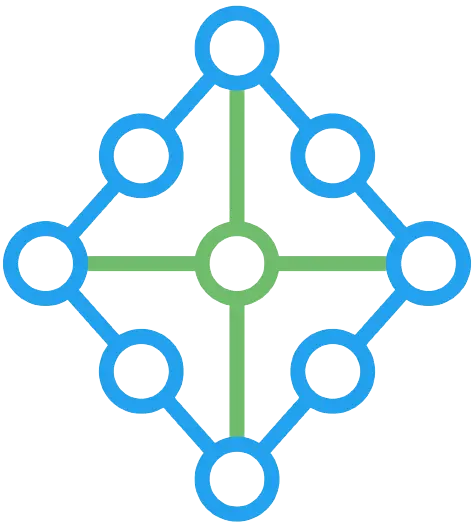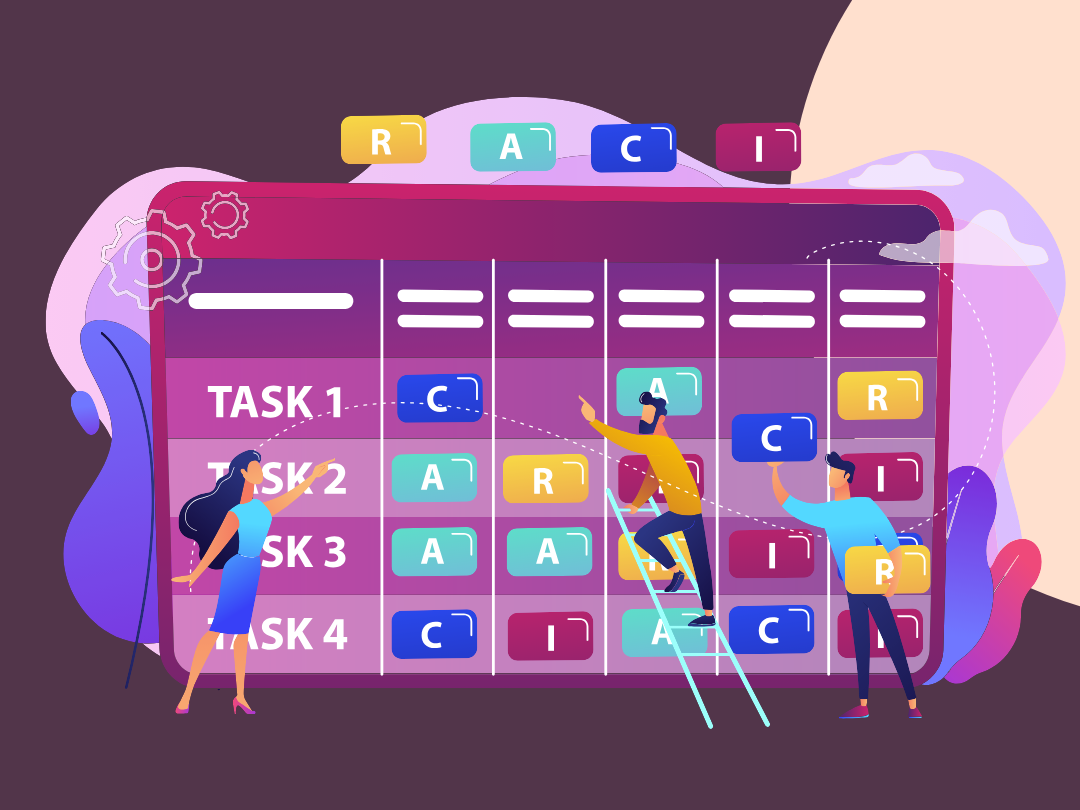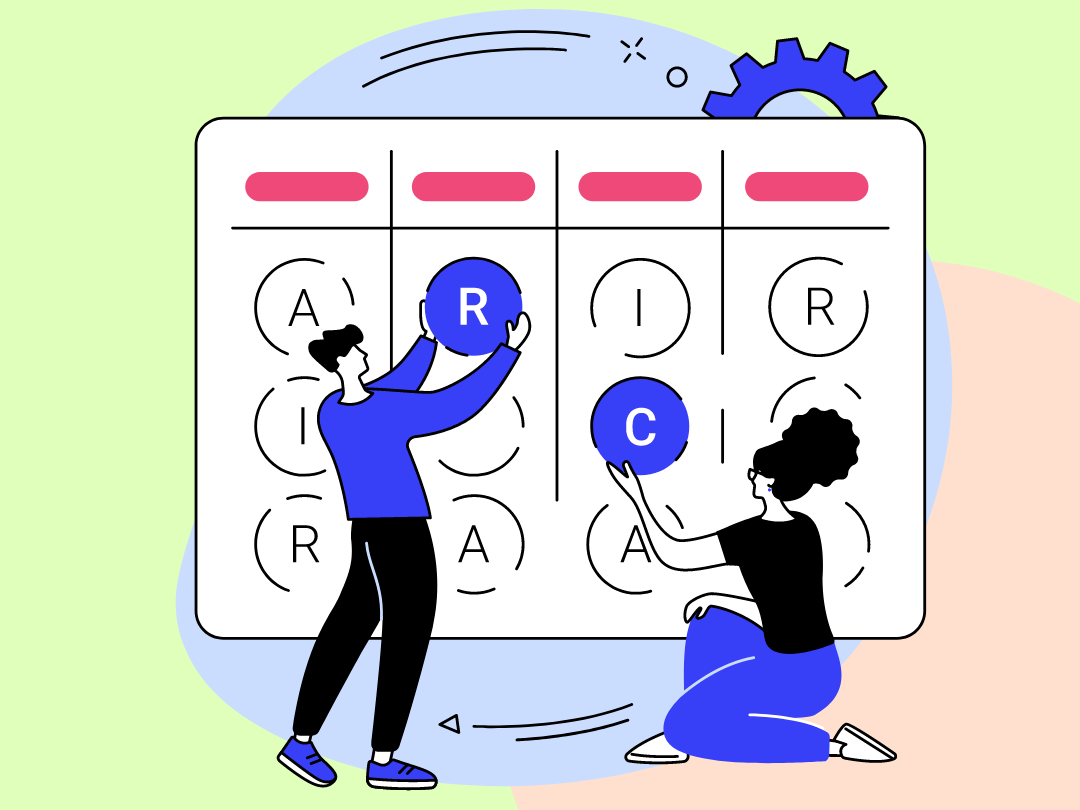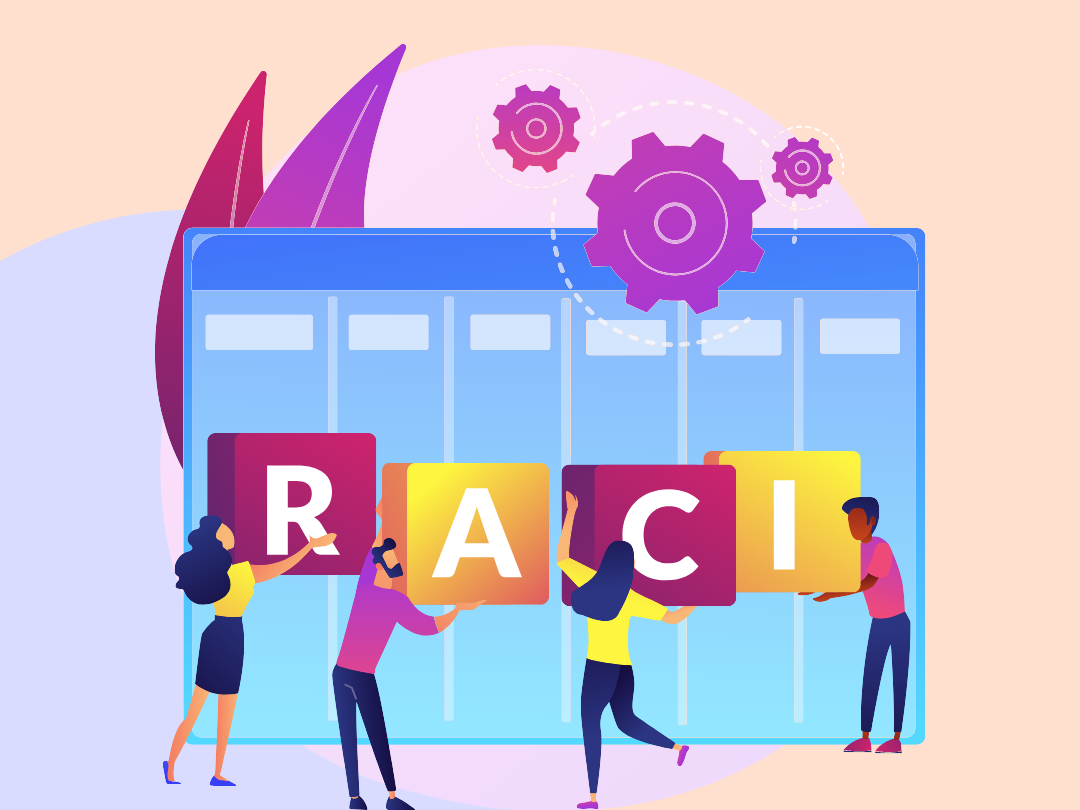
Get to know about:
In the world of project management, effective delegation and clear communication are paramount. As projects grow in complexity, it becomes increasingly important to establish roles and responsibilities to ensure smooth workflow and accountability. This is where frameworks like RACI and RASCI come into play.
RACI and RASCI are two widely used methods for defining roles and responsibilities within a project. Both are acronyms that stand for Responsible, Accountable, Consulted, Informed (RACI), and Responsible, Accountable, Supportive, Consulted, Informed (RASCI). While they share similar objectives, they have subtle differences that make each suitable for different project environments.
RACI framework specifics
RACI is a straightforward matrix used to clarify roles and responsibilities within a project. Here’s what each letter represents:
- Responsible (R): The individual or team responsible for completing a task or deliverable. They are the “doers” of the project.
- Accountable (A): The individual ultimately answerable for the completion and quality of the task or deliverable. This person has the authority to approve the work.
- Consulted (C): Individuals or groups whose input and expertise are sought before making a decision or completing a task.
- Informed (I): Individuals or groups who need to be kept up-to-date on the progress or decision-making process but are not directly involved in the task itself.
The RACI matrix is typically displayed as a table with tasks listed vertically and roles listed horizontally. Each cell in the matrix indicates the level of involvement for each role concerning a specific task.
RASCI Framework Specifics
RASCI is an extension of the RACI framework, introducing an additional role: Supportive (S). Here’s how it differs from RACI:
- Supportive (S): Individuals or groups who provide resources, guidance, or assistance to those responsible for completing the task. They offer help and support but are not directly involved in the task execution.
The addition of the Supportive role in RASCI emphasizes the importance of teamwork and collaboration within a project. It acknowledges the contributions of those who may not be directly responsible for task execution but play a vital role in supporting the responsible parties.
Choosing Between RACI and RASCI
The decision to use either the RACI or RASCI framework depends on the specific needs and dynamics of your project:
- RACI: Ideal for projects where the focus is on clearly defining roles and responsibilities without emphasizing the support provided by other team members.
- RASCI: Suitable for projects that prioritize collaboration and teamwork, acknowledging the importance of supportive roles alongside those directly responsible for task execution.
Example of RACI vs RASCI
Let’s consider a hypothetical project to develop a new mobile application called “TaskMaster” aimed at helping users manage their daily tasks and schedules. We’ll create RACI and RASCI matrices for a specific task within the project: “Design User Interface.”
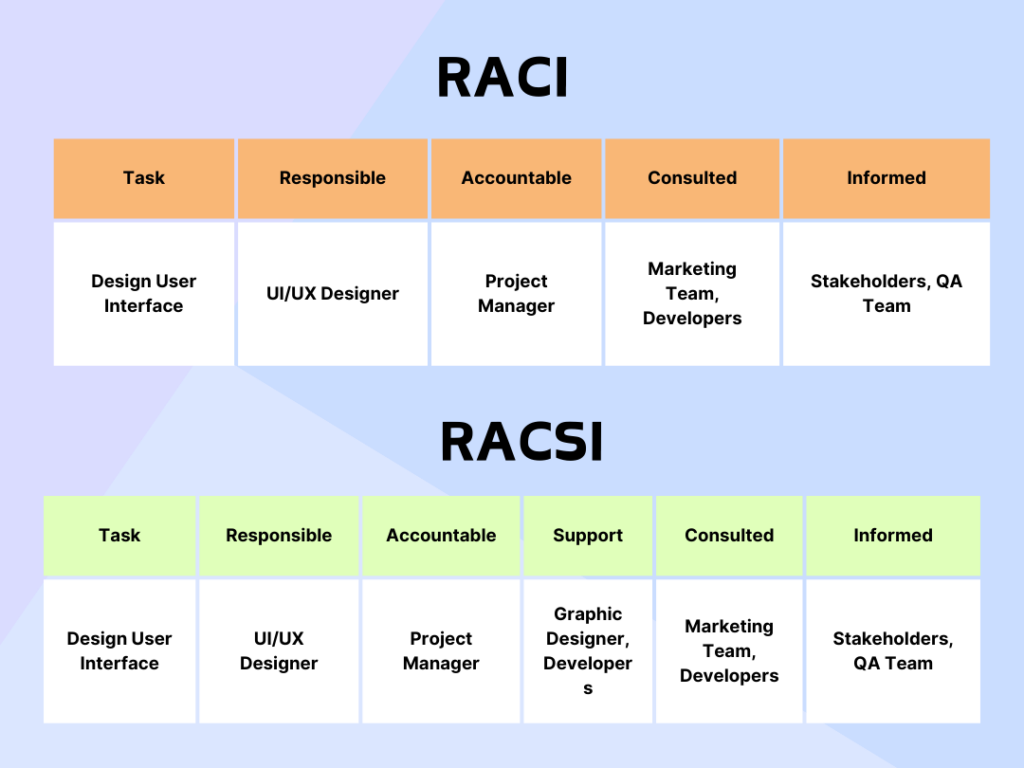
As seen in image above, during the design phase, the UI/UX Designer collaborates closely with the Graphic Designer and Developers (Supportive) to create wireframes and mockups for the TaskMaster app’s user interface.
The Marketing Team and Stakeholders (Consulted) provide feedback on the design, ensuring it meets user needs and aligns with the project’s branding and goals. Throughout this process, the Project Manager (Accountable) oversees the progress, ensuring that the design remains on schedule and within budget.
Meanwhile, the QA Team (Informed) receives regular updates on the design’s development to prepare for future testing phases.
Conclusion
Both RACI and RASCI are valuable tools for clarifying roles and responsibilities within a project. While RACI provides a clear and concise structure for accountability, RASCI expands upon it by highlighting the supportive roles crucial for project success. Understanding the nuances between these frameworks enables project managers to choose the most appropriate one for their specific project needs, ultimately fostering effective teamwork and successful project outcomes.
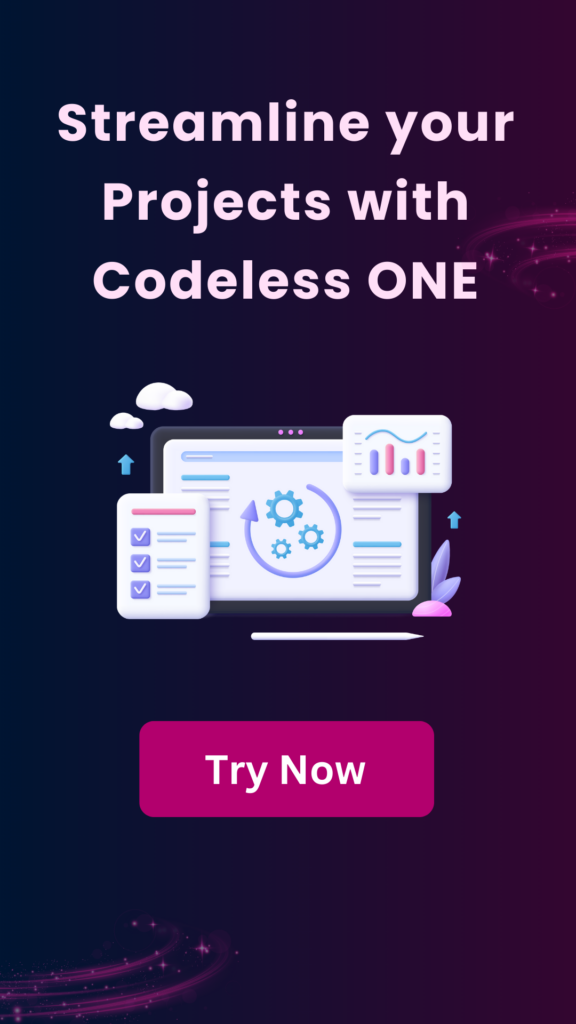
Streamline your Projects Easily.
No-Code development platform for all your unique projects.
